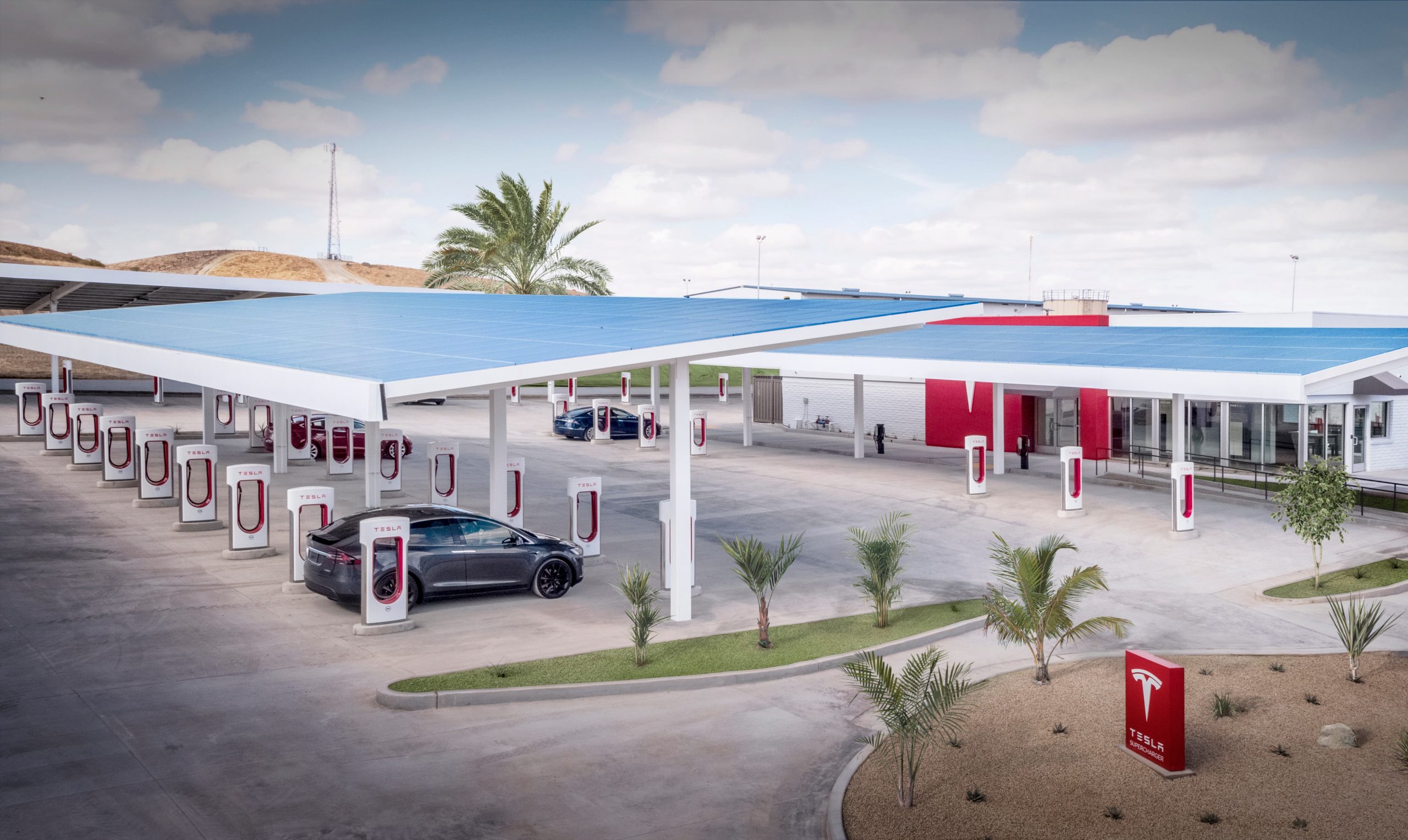On March 4th, US time, Santa Monica’s local government approved the construction of a supercharging station by a vote of 5-2.
Located in the wealthy area of West Los Angeles, the V3 supercharging station is divided by the central aisle, with 36 charging stalls on one side and 26 on the other. This supercharging station has a solar roof, password-locked toilets, and battery storage space.
From the planning map, it can be seen that in addition to regular 9-foot parking spaces, there are also several parking spaces over 10 feet, obviously to accommodate the Cybertruck, which is expected to be launched this year.
Like gas stations, the profits of supercharging stations are not limited to energy replenishment services. At this stage, the time electric vehicles spend on charging is clearly longer than that of refueling. And American Tesla owners usually have good consumption capacity and avant-garde concepts.
How to effectively attract traffic to their services and products during this blank period will be a business that can be finely operated in low-density and sparsely distributed commercial facilities in North America. This same opportunity applies to domestic supercharging stations as well.
🔗 Source: CleanTechnica,Twitter
This article is a translation by ChatGPT of a Chinese report from 42HOW. If you have any questions about it, please email bd@42how.com.
